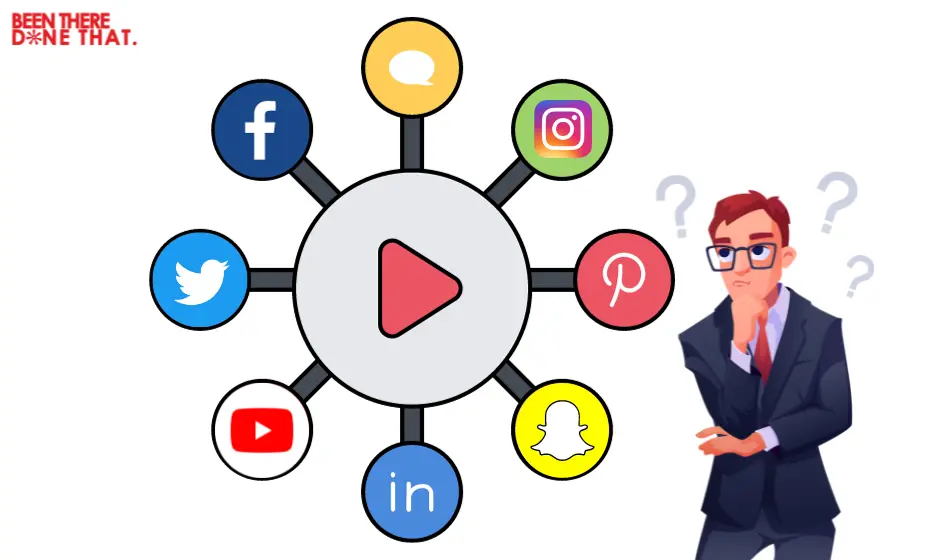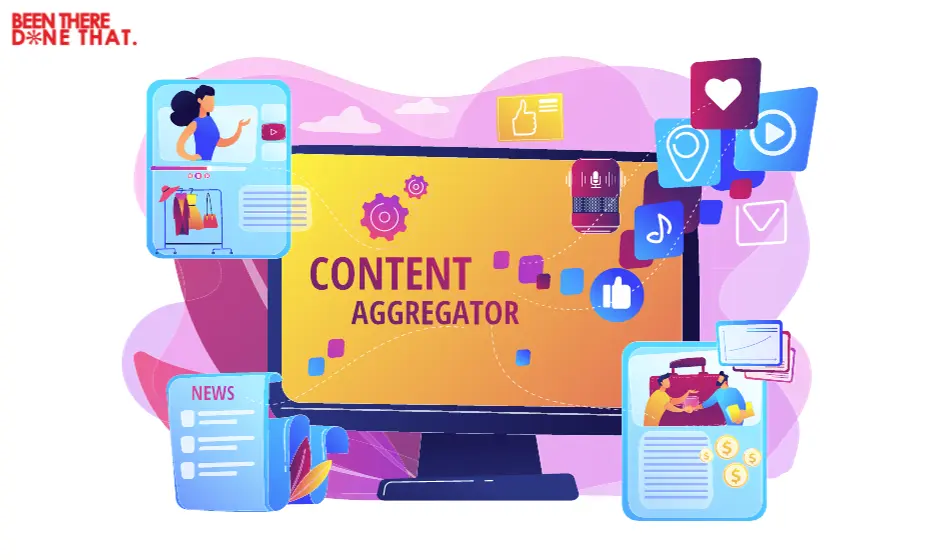So, you want to know the best possible ways to choose the right social media platform for your business! You’ve come to the right place. I’ve added a detailed guide on this quest below.
Social media is the only weapon brands can use to target their customers directly. And most importantly, it hardly fails to hit. These platforms can skyrocket your brand awareness, generate conversions, and build a relationship with your audience.
It doesn’t matter if you’re a startup or an enterprise; social media channels will work for every business. But the question is – How would you know which platform is right for your brand?
Well, there’s nothing to worry about because, in this article, I’ll point out some best tips for choosing the right social media platform for business. Make sure you read till the end!
Why Use Social Media for Marketing?
Before we dive into the process of selecting the right social media platforms, let’s see why they are essential to marketing your brand.
Social media channels are like virtual communities where billions of people gather to share, explore, and interact. From a marketing standpoint, these platforms offer tremendous opportunities to the brands. You can;
- Reach your target audience directly,
- Launch your products,
- Create engagement, and
- Drive conversions.
Moreover, by personalizing your content and tailoring your message, social media allows you to create meaningful connections that resonate with your audience on a personal level.
6 Ways to Choose The Right Social Media Platform for Business

1. Define Your Marketing Goals
Let’s kick off the crucial first step – defining your goals. Ask yourself,
- What achievement are you seeking from social media marketing efforts?
- What’s your aim_ brand awareness, leads, traffic, or everything?
Remember, each goal requires a distinct approach and platform. For instance, if you want to showcase your products visually and connect with a younger audience, then platforms like Instagram might be your go-to choice.
On the contrary, LinkedIn could be a game changer for B2B marketing to establish thought leadership, your holy grail.
2. Find Your Target Customer
Suppose you’ve created the most captivating content, but it’s not reaching the right eyes. Would that be all right? Obviously not! Hence, to avoid this marketing glitch, you must pinpoint where your target customers hang out among multiple social media.
Are they scrolling through Facebook, tweeting on Twitter, exploring trends on TikTok, or maybe all of the above? Understanding the demographics and behaviours of your audience can help you find which platforms they prefer.
Considerably, if younger generations are your target, you should focus on Instagram or Snapchat for better engagement opportunities. While Linkedin can turn out to be the best choice if you’re targeting B2B owners or other professionals and decision-makers.
3. Which Platform Resonates With Your Industry?
Now that you’ve got your goals in sight and a better understanding of where your target audience hangs out, let’s talk about which platform harmonizes with your industry.
Different social media platforms have distinct vibes and user expectations. For example, if you’re in the fashion and lifestyle industry, visually-driven platforms like Instagram and Pinterest can be your playground. Sharing stunning images and videos of your products can entice your audience and leave them craving for more.
On the other hand, if you’re in the B2B sector, then LinkedIn offers a professional stage to share industry insights and case studies and network with industry peers. Remember, the key is to align your industry’s nature and your content style with the platform’s culture.
4. Your Content Type for Branding

They say content is king and reigns supreme on social media, too. The type of content you create plays a vital role in your branding to select the right platform. Ask yourself,
- Do you need long-form or short-form videos?
- Will you create engaging visuals or straightforward infographics?
- Are thought-provoking articles or short tweets good for your branding?
Each platform caters to different content formats. If you want to use storytelling in your content, Facebook and Instagram Stories could be your canvas. However, if you’re a master of quick wit, Twitter_ ‘X’ might be your arena.
Remember, your content conveys your brand’s voice speaking through the platform in the form of a stage. Hence, you need to choose a platform where your content can shine without compromise.
5. Find Your Competitors
You might be thinking why competitors are necessary to have on your social media platform. But, yes, they are a crucial part of marketing. In social media marketing, a little healthy competition can give you the driving force.
As you continue the platform selection process, investigate what your competitors are doing. You can explore things like;
- Which platforms they are active on,
- What type of content they share, and
- How much engagement they’re getting.
However, this doesn’t mean you should copy them, but rather learn from their successes and challenges.
You might discover a platform that your competitors haven’t yet tapped into. This might give you a strategic advantage for branding. Remember, your goal is to stand out while learning from those who have walked the path before you.
6. What Resources Do You Want to Invest?
Time is money, and social media marketing demands a fair share of both. That’s why, before you make final decisions, determine the resources you’re willing to invest.
Different platforms require different levels of commitment in terms of content creation, engagement, and maintenance. Some platforms, like Instagram, thrive on frequent, short-form content. While others, like YouTube, might involve producing longer, high-quality videos.
Additionally, consider the manpower, tools, and budget needed to make your social media strategy flourish. Remember, it’s better to excel on a couple of platforms than to spread yourself thin across many without achieving significant results.
Conclusion
So now you know how to choose the right social media platform for your business. Remember that social media marketing is an ever-evolving process. What works fine today might need adjustment tomorrow.
Hence, keep yourself up to date with trends, analytics, and audience preferences. Also, keep your research continued on algorithm updates and new features. Adapt, experiment, and let your creativity flow.
FAQ
Looking to boost brand visibility? Consider Instagram and Twitter. Instagram’s visual appeal draws attention, while Twitter’s hashtag system taps into trending conversations, both amplifying brand reach.
Social media turbocharges brand visibility through regular posts, engaging content, and interactive features. By reaching a vast audience, sharing relatable content, and utilizing hashtags, your brand gains recognition.
Social media molds brand image through content, interactions, and responsiveness. Positive engagement builds trust, while consistent messaging shapes brand perception. Remember, what you share and how you engage matters.
For marketing triumph, turn to Facebook, Instagram, and LinkedIn. Facebook’s vast user base, Instagram’s visual storytelling, and LinkedIn’s professional networking power make them potent marketing tools. Tailor your approach to each platform’s strengths.
